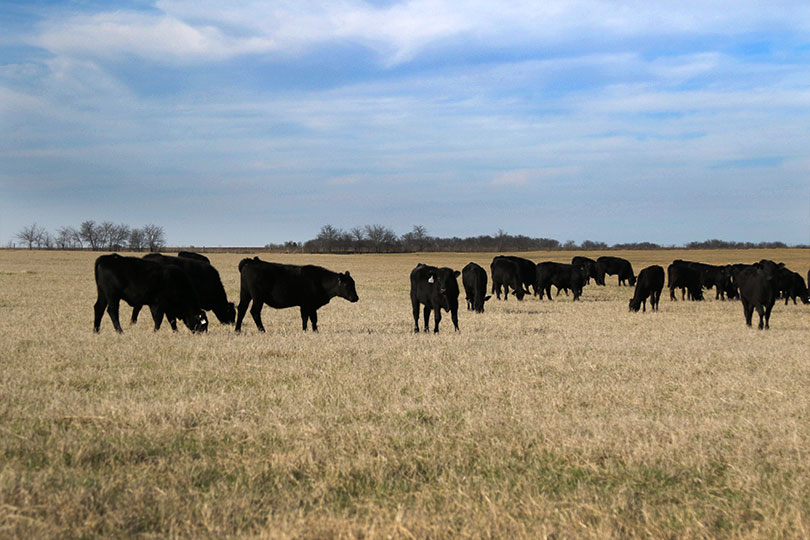By Jennifer Dorsett
Field Editor
Pinkeye in cattle can lead to a loss of production and reduced profitability.
Understanding of the disease and treatments has evolved over the years, according to Douglas Wagner, DVM, senior technical services veterinarian at Newport Laboratories.
“When I went to vet school, I was taught that pinkeye is caused by one bug, Moraxella bovis (M. bovis), and it’s spread by face flies, and that we see it in the spring, summer and fall. But pinkeye has changed,” he said in an interview with Brownfield Ag News.
That’s because research shows two other pathogens, Moraxella Bovoculi (M. Bovoculi) and Mycoplasma Bovoculi, also cause pinkeye, especially in the winter.
While episodes of winter pinkeye used to be rare, Wagner said M. Bovoculi and Mycoplasma are spread in other ways.
“If you’re experiencing winter pinkeye, you need to stop and look at what’s happening,” he said. “It’s very simple to do some eye swab diagnostics to determine the pathogens that are causing the disease, and then develop a prevention plan.”
Prevention may involve adjusting nutrition and feed rations.
Pinkeye’s impact on production and profitability is often overlooked but should be seriously considered, Wagner noted.
“Respect pinkeye. Producers know respiratory disease causes economic loss, and everybody knows that we need to try to prevent it,” Wagner said. “Pinkeye needs to be given the same respect. Pinkeye also causes loss of daily rate of gain, and there’s profit loss at the sale ring because of scarring on the eye or a blind eye.”
Wagner noted the loss in production can lead to reduced profitability.
“If a calf is experiencing pinkeye, they’re not eating, so there’s actually a zero or negative rate of gain,” Wagner said. “So, those animals, even after you get them over pinkeye, are going to be at a lighter weight and not bring in as much money.”
There are a wide variety of antibiotics available for treatment. Consulting with your veterinarian needs to be the first step in pinkeye management, he said.
There are several antibiotics that have been used effectively for many years, but Wagner cautioned if Mycoplasma is part of the problem, a stronger medication may be needed.
And don’t assume readily available vaccines are one-size-fits-all.
“Commercial vaccines are very good vaccines and are produced to deal with the common problems that most producers will face, but custom-made vaccines come in to fill the gap where commercial vaccines don’t cover the particular pathogens that are causing disease on your farm,” he said.
Using custom-made vaccines may seem costly initially, but production and profitability will suffer more with recurring herd infections, Wagner added.
“The take-home message: Pinkeye causes money to come out of the producer’s pocket,” he said.

